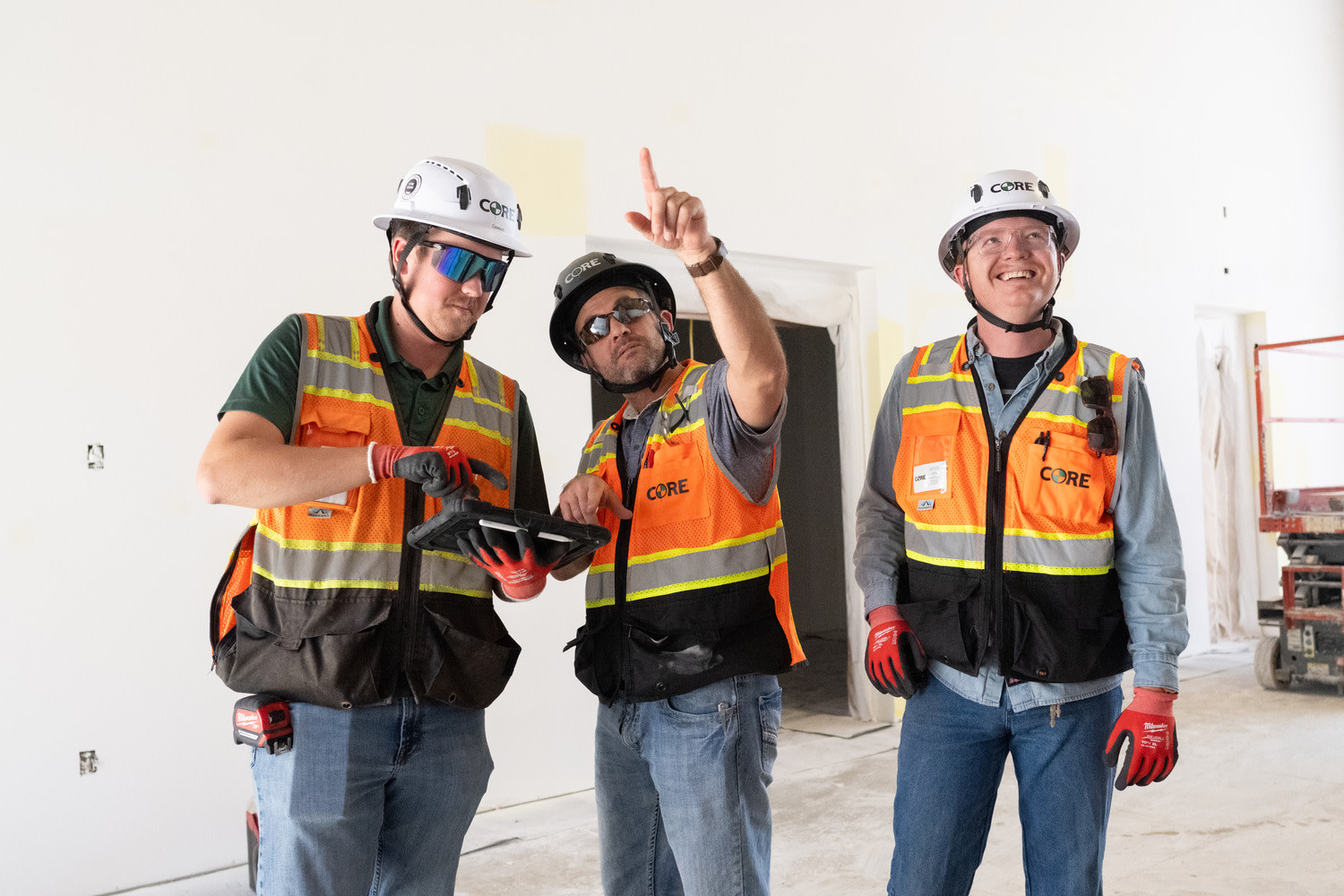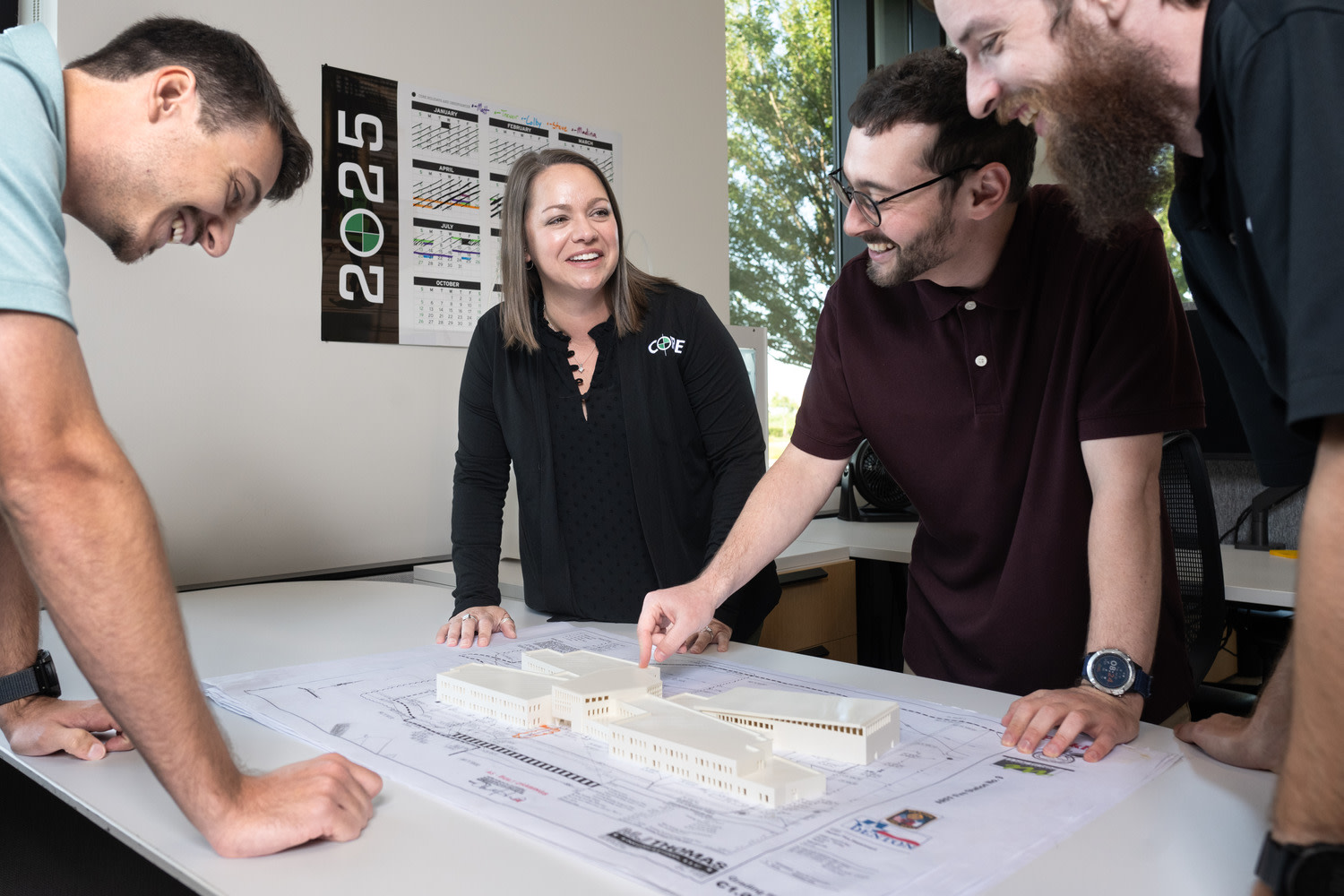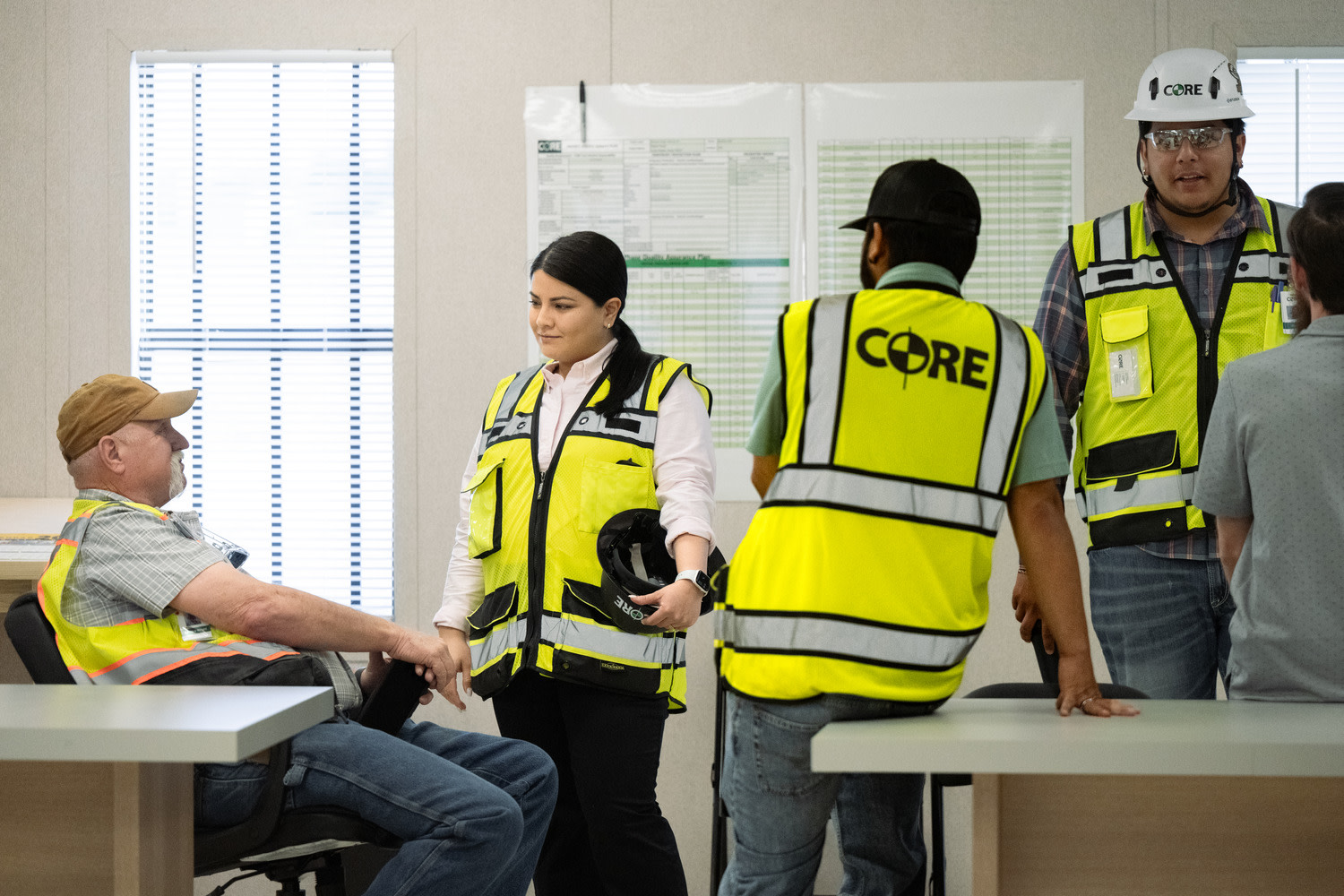Customer Story
Bringing BIM to the field through one connected platform
With Procore, CORE Construction eliminated app fatigue and made model coordination accessible to everyone on site

The Challenge
CORE Construction’s teams relied on a patchwork of disconnected software systems for project management and model coordination. The constant switching of platforms lead to “app fatigue” for field teams and supervisors, preventing widespread BIM adoption. The models created in coordination weren’t reaching the field, reducing their impact on project quality and efficiency.

The Solution
CORE decided to adopt Procore BIM, which consolidated its technology stack and brought model coordination into the same platform where project teams already worked. Now, everyone — from VDC managers to superintendents and specialty contractors — can view and interact with the 3D model without logging out of Procore, leading to better adoption, collaboration and project accuracy.

The Results
- Improved field adoption of BIM
- Expanded collaboration between project teams and specialty contractors
- Increased visibility and quality assurance through AR tools
- Consolidated multiple software platforms into one system, eliminating “app fatigue” and helping to reduce costs from their previous BIM solution
- Enabled leadership to monitor coordination progress
“I’ve got a lot more interaction, especially from our trade partners, including those you normally wouldn’t see using BIM.”

Maurice Calvendra
Virtual Construction Manager
CORE Construction
From app fatigue to full adoption
Founded in 1937, CORE Construction is one of the nation’s leading general contractors specializing in K–12 education, higher education, public safety and healthcare projects. With operations across multiple states, CORE’s success heavily depends on connected teams staying in consistent communication across offices and job sites.
By 2017, however, the company’s technology stack had grown unwieldy. Different teams used different software for project management, quality and safety, and BIM coordination. Field users often avoided BIM tools altogether because they lived outside their daily workflow. “By switching to Procore BIM from the previous tool that we were using, it brought everything in the same app, so we didn’t have app fatigue for our field staff or our project management staff,” said Danielle Williams, Director of Virtual Construction. “Our superintendents are busy people. Getting out of Procore to go into something else just wasn’t working.”
Adoption skyrocketed once BIM lived inside the same environment as drawings, RFIs and submittals. Field staff and project managers no longer needed to toggle between programs to access coordinated models, and the entire project team gained confidence that they were looking at the same information in real time.
Expanding BIM access to the field
For Maurice Calvendra, Virtual Construction Manager, the difference has been dramatic. “I’ve got a lot more interaction, especially from our trade partners, including those you normally wouldn’t see using BIM,” he said. “They’re using it just to verify that they’re on the right location — anyone from framers to even my mason. They’re actually using the model, and it’s really cool to see them use it.”
That enthusiasm reflects one of the biggest shifts at CORE: BIM use is no longer limited to the coordination team or design consultants. Trade partners, superintendents and project managers now use the model to validate their work and communicate with precision. And with augmented reality tools on iPads, teams can overlay the model onto the physical environment to verify installations and allow them to improve quality before issues surface.
Having models, drawings and coordination data within the same platform has also simplified onboarding and training. “With everything in one spot, it’s easier for us to teach,” Calvendra said. “And it’s easier for the field to actually use it.”
Looking ahead: the next evolution of BIM
CORE Construction sees Procore BIM not as the endpoint but as a foundation for the next stage of digital construction. The company is especially excited about Procore’s acquisitions of Novorender and FlyPaper, which will bring the full BIM coordination process into Procore without the need for third-party software.
“I think it will be huge for our industry,” Williams said. “It will help our project teams get even more involved because they won’t have to use separate software. It’ll increase adoption, reduce costs and let us coordinate more projects without adding additional VDC resources.”
For CORE, the future of BIM is about accessibility and efficiency — giving everyone, from executives to masons, the same ability to interact with data that improves how they build.




